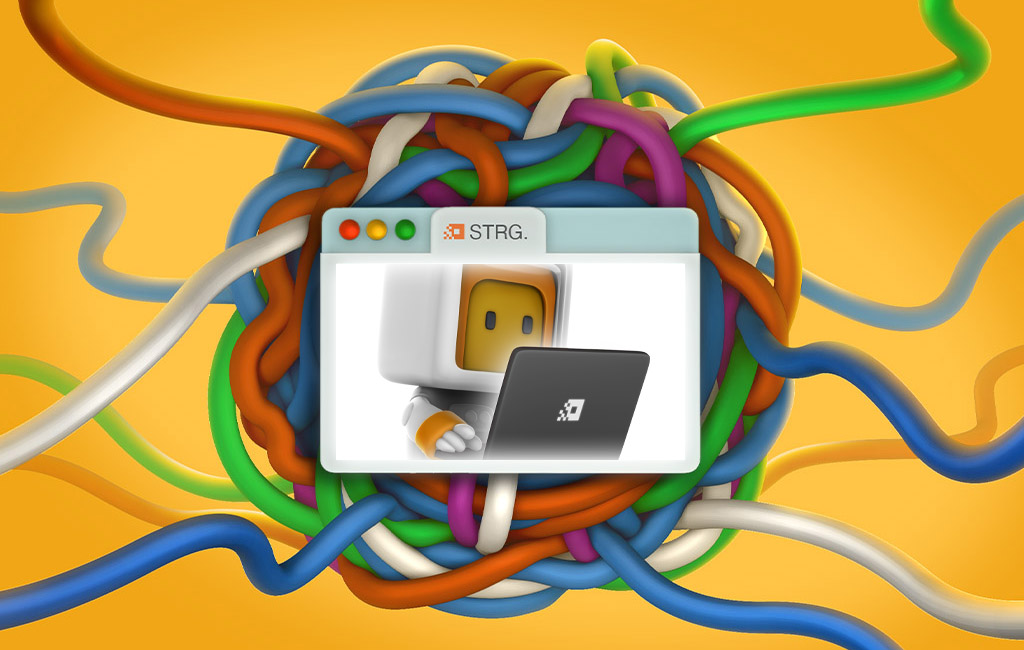A little over a year ago, towards the end of 2018, the digital publishing industry took a beating when more than 1,000 employees at BuzzFeed, AOL, Yahoo, VICE and HuffPost were made redundant. The news came as a shock to some, but to others, this has been a long time coming in the digital sphere of publishing,
Digital publishers such as BuzzFeed, are focused on delivery of information, news and user-specific content through digital channels. While most publishers build their sites, distribute their content and gather analytics through a combination of service agencies, platforms and technologies, BuzzFeed and The New York Times (using paywall) took full responsibility of the technology (building a custom CMS called Scoop), the content, the advertising and the metrics. But before publishers invest time and money in a content management system, that ultimately serves as the central nervous system of the organisation, they must first establish how to build a profitable model using innovation and technology for digital media.
“The beauty of a homegrown CMS is that we can shape its features and technology over time. Since its inception, the Scoop platform has been extended to include many new features such as sophisticated authoring and editing tools and workflows, budgeting, photo manipulation, video management and more robust content APIs. Its user base has swelled from a few dozen web producers to more than 1,000 users, including reporters, copy editors, photo editors and video producers.”
Source: The New York Times
So, why did Buzzfeed fail while The New York Times thrives and how will content management systems (CMS) impact the future of digital media?
First, Let’s Talk Digital Media
Digital Media consists of all media platforms capable of deciphering ‘machine-readable’ formats, such as websites, social media platforms, digital images, videos and audio. Consequently, new technologies play an important role in the digital content landscape that have lead digitalisation to become a strategic requisite. As a result, customer-centric thinking plays a decisive role when achieving the objectives of the organisation. This can be achieved when content management isn’t limited to creating web pages, but to delivering the total digital experience. The challenges involved in creating these digital experiences should lead business leaders in the technology environment, to view content management less as a silo and more as a valuable feature.
Content management has already begun its transition into digital media. Multiple channels have been used by organisations to deliver content, making the traditional web a smaller subdivision of the overall greater potential.
This can only pose as a higher risk to vendors offering content management solutions if they fail to recognise the bigger picture behind solutions that offer digital personalisation, data management, AI and user predictive behaviour.
How Vital is a Content Management Solution For Building a Profitable Model?
Back in the 2000s during a time where digital companies emerged, new tools to analyse specific metrics, traffic, user engagement and other key performance indicators (KPIs) were required, which brought the popularity of having a bespoke CMS, to new heights.
Digital Media jumped on board the bespoke CMS train to use adaptive algorithms to recommend users certain stories that would appeal to them, measure reader engagement, map user journey and regulate the source of ad profitability. The software allows organisations to monitor and monetise the content, allowing publications to veer away form tech conglomerates and social media platforms that clobber their advertising revenue.
Today, content management systems have evolved into sophisticated digital printing machines. They influence how content should look like, how it is produced, discovered, consumed and monetised with the power of Artificial Intelligence (AI) As soon as a digital media powerhouse fully understands the value of publishing unique and exclusive content to a well-defined reader cluster, they will increase readership, strengthen their positioning in the digital world.
Though a CMS is to enhance traditional media, it is certainly not a replacement for in-depth analysis and investigation which at the end of the day is what will determine how profitable your model is, or isn’t.
What’s next?
It is well documented that digital media has brought a lot of innovation to many industries in the economy. Some of the industries most impacted include education, advertising, entertainment, publishing, to name a few.
So where do we go from here? What’s next for Digital Media?
- User-centric content is gaining traction on digital media channels, so expect purposeful content delivered to the intended reader, powered by technologies such as STRG.BeHave that uses AI and behavioural economics to predict a user’s interests, needs and digital behaviour.
- The emergence of new technologies from AI to voice search optimisation and personalisation that will revolutionise the publishing landscape.
- If the digital era has taught us anything, it is that good information is meant to become more abundant over time, and to cost less and less. Although for now, the big media sites have found a solution in using paywalls, although this solution seems less plausible over time. So the road ahead will introduce us to new – and effective- revenue models, paved by sponsored content, native ads that enhance user experience rather than disrupt it.
If you liked this article and would like to find out more about what a custom content management system can do for your company, you can either visit our website www.strg.at or you can drop us an email at office@strg.at.
by Nathalie Rogers
- Call STRG's CEO Jürgen, or write a mail juergen.schmidt@strg.at Mobile: +43 699 1 7777 165




